- A Parable For Good Friday - sent to me by Jonathan tame of Friday Fives:
A wealthy industrialist and his son loved to collect great works of art. They would often sit together to discuss and appreciate the paintings in their collection, which ranged from Raphael to Rembrandt, and from Monet to Matisse. But when war broke out, the son went off to fight in a distant land. He was very courageous but died tragically in battle while rescuing a wounded comrade. The father was notified and grieved deeply for his only son. A few months later, just before Easter, the doorbell rang. A young man stood in the entrance with a large package in his hands. He said, "Sir, you don't know me, but I am the soldier for whom your son gave his life. He saved many lives that day, and he was carrying me to safety when he was hit by that fateful shot. He would often talk about you, and your love for art.” The young man held out his package. "I know this isn't much. I'm not really an artist, but I think your son would have wanted you to have this." The father opened the package. It was a portrait of his son, painted by the young man. He was deeply moved by the soldier’s visit, and by the way he had captured his son’s personality in the painting. Tears welled up in the father’s eyes as he thanked the young man and offered to pay him for the picture. "Oh, no sir, I could never repay what your son did for me. It's a gift." The father hung the portrait in a prime position in his house. Every time visitors came to his home he showed them the portrait of his son before taking them to see any of the other great works he had collected. A few years later the old man died. There was to be a great auction of his art collection. On the day, many wealthy and influential people gathered at the house, excited by the opportunity to purchase one of the masterpieces for their collections. But the first lot on the platform was the soldier’s painting of the son. The auctioneer called for silence. "We will begin the auction with this painting of the collector’s son. Who will start the bidding?" There was silence. No one was interested. A voice near the back of the room called out, "We have come for the great masters; just skip this one." But the auctioneer persisted. "What am I bid for this painting? Who will start? Will anyone give me $200?" People rolled their eyes and others scowled in frustration as no one made a bid. The buyers became restless and another voice called out angrily, "We didn't come to see this painting; we came for the Renoirs and Turners. Let’s move on to the real bids!" But the auctioneer persisted, "I want a bid on the painting of the son! Who will start the bidding? Who wants the son?" Finally, a voice came from the very back of the room to break the tension. "I'll offer $50 for it, as I knew the young man since he was a child." It was the gardener who used to work for the old man. "Thank you. We have $50; will anyone bid $70?" Someone called out, "Come on, give it to him for $50. Let's see the great masters." "$50 is the bid, am I offered more?" The auctioneer looked round the room before pounding the gavel. "Going once, going twice.... sold for $50!" The assembled art collectors sighed with relief as this seemingly pointless detour finally came to an end. A woman sitting on the second row said, "Now let's get on with the real auction!" The auctioneer then laid down his gavel and closed the catalogue. "Ladies and gentlemen, the auction is now over." Gasps of dismay were heard all round the packed room. Someone cried out incredulously, “What about the masterpieces?" "I am very sorry, but when I was invited to conduct this auction, I was told of a certain stipulation in the will. That stipulation could only be revealed at this moment. Only the painting of the son would in fact be auctioned. Whoever took the son would also be given the entire estate, including all the other paintings. They now belong to the gentleman at the back. Good day.”
————————————————————————————————————————————————–
Universe Column
April 24th 2011: Easter.
David Alton
As Jesus’ broken and forlorn little group of followers came to terms with the bloody conclusion of a good man’s death, they were confronted with words which both bewilder and amaze: God’s divine surprise.
St. Matthew takes up the story: “He is not here; He has risen, just as He said. Come and see the place where He lay.” And St. Luke “Why do you look for the living among the dead? He is not here. He is risen!”
The German Marxist philosopher and atheist, Ernst Bloch, understood the uniqueness of Christianity’s central claim:
“It wasn’t the morality of the Sermon on the Mount which enabled Christianity to conquer Roman Paganism, but the belief that Jesus had been raised from the dead. In an age when Roman senators vied to see who could get the most blood of a steer on their togas–thinking that would prevent death–Christianity was in competition for eternal life, not morality.”
In all the Crucifixion places in the world – and there are, this day, an estimated 250 million Christians facing some form of persecution – Easter is proof of life and hope beyond Calvary. Of course, outright persecution is not the only form of Crucifixion – the pain of rejection, loss, and physical or emotional anguish create their own Calvaries. But Easter makes sense of them all.
If we failed to comprehend, or mistook the enormity of the Easter claim, we wouldn’t be the first. When Mary Magdalene meets the Risen Lord she first mistakes Him for the gardener.
The Old Testament and our human story begin in a garden and it is in a garden that the Gospels conclude. Gardens are rich in metaphors – susceptible to drought; frost; disease and neglect. In due season they break forth with tremendous and abundant new life, providing beauty and bounty. Then they die, becoming dormant, waiting to break forth into new life.
In October 1922 T.S. Eliot used the metaphor of the garden to capture the painful stirring of what had been dead when, in The Criterion, he published The Waste Land. It was composed during a period of personal difficulty for Eliot—his marriage was failing, and both he and Vivien were suffering from nervous disorders. The poem is often read as a representation of the disillusionment of the post-war generation but, for me, it has always captured the mood which the traumatised disciples must have experienced.
April is the cruellest month, breeding
Lilacs out of the dead land, mixing
Memory and desire, stirring
Dull roots with spring rain.
Eliot is mixing, here, the memory of death with the desire for life: the belief that out of the waste land will come something new. In Eliot’s own case, it was the new life of Christianity.
In the waste lands of our contemporary world and in the waste lands of our personal lives the Easter narrative makes sense of all the other stories; and, most crucially, of death.
In Hamlet’s famous soliloquy “To be or not to be”, Shakespeare compares death with “the undiscovered country from whose bourn no traveller returns” It is the angel comforting Mary Magdalene, who points us towards that undiscovered country: “He is not here. He is risen” He has gone to the undiscovered country – the journey each one of us has to make.
On Easter Day we momentarily lift the veil which separates death from life, time from eternity and victory from abject failure and defeat. The enormity of what has occurred is epitomised by the images of the scandalous Calvary Cross and the awesomeness of the empty tomb.
Easter is the day on which we can fan the ashes of dead hope; a day to gaze on a distant horizon; a day on which to set aside our many defeats.
As Emily Bronte put it:
There is not room for Death,
Nor atom that his might could render void:
Thou – Thou art Being and Breath,
And what Thou art may never be destroyed
In 1922, in his poem “The Convert”, on the day he became a Catholic, GK Chesterton gave voice to the central Easter claim:
The sages have a hundred maps to give
That trace their crawling cosmos like a tree…
And all these things are less than dust to me
Because my name is Lazarus and I live.
Easter represents a new springtime of the human spirit; a triumph over despair and a day on which to run the risk of hope.
Georges Bernanos, the 20th-century French author, captured this thought well: “The highest form of hope is to triumph over despair; to hope is to run the risk. It is, in fact, the risk of risks.”
Among the world’s one billion Catholics – celebrating Easter and the other great festivals; the love of food and drink; of family and community; the willing and generous gift of time and whole lives in loving service; the celebration of the sacraments, feasts and seasons; of life itself: these, are all the hallmarks of a faith which knows how to celebrate: not to remain trapped on Calvary; not to look for the living among the dead.
In different ages – and especially in some of our northern European countries – some of God’s gifts have been despised by religious believers: the Gnostics hated the material world, the Jansenists hated sex, and the puritans abolished festivals and celebrations. These heresies though, were all repudiated by the Church and, even though some of this thinking still percolates into our lives, it is not at the heart of universal Catholic identity or culture.
O, and yes, a lot of us Catholics know more than a thing or two about sin but, whatever our mistakes or inadequacies, we have learnt through our faith not to be totally incapacitated by our human flaws and failings. Even from the despair of Cross Jesus asks that we be forgiven: “for they know not what they do.”
As we limp on, stained and humbled, in our soiled kit, and conscious of the hatred and ignominy represented by Christ’s cross, we know that beyond the history of defeats still lies the glimpse of final victory: the empty tomb.
Phillip Brooks’ poem, “An Easter Carol”, seizes on the strength which this belief confers:
Tomb, thou shallt not hold Him longer;
Death is strong, but Life is stronger;
Stronger than the dark, the light;
Stronger than the wrong, the right…”
The strength and the hope of new life is, above all, what I am celebrating on this Easter Day.

